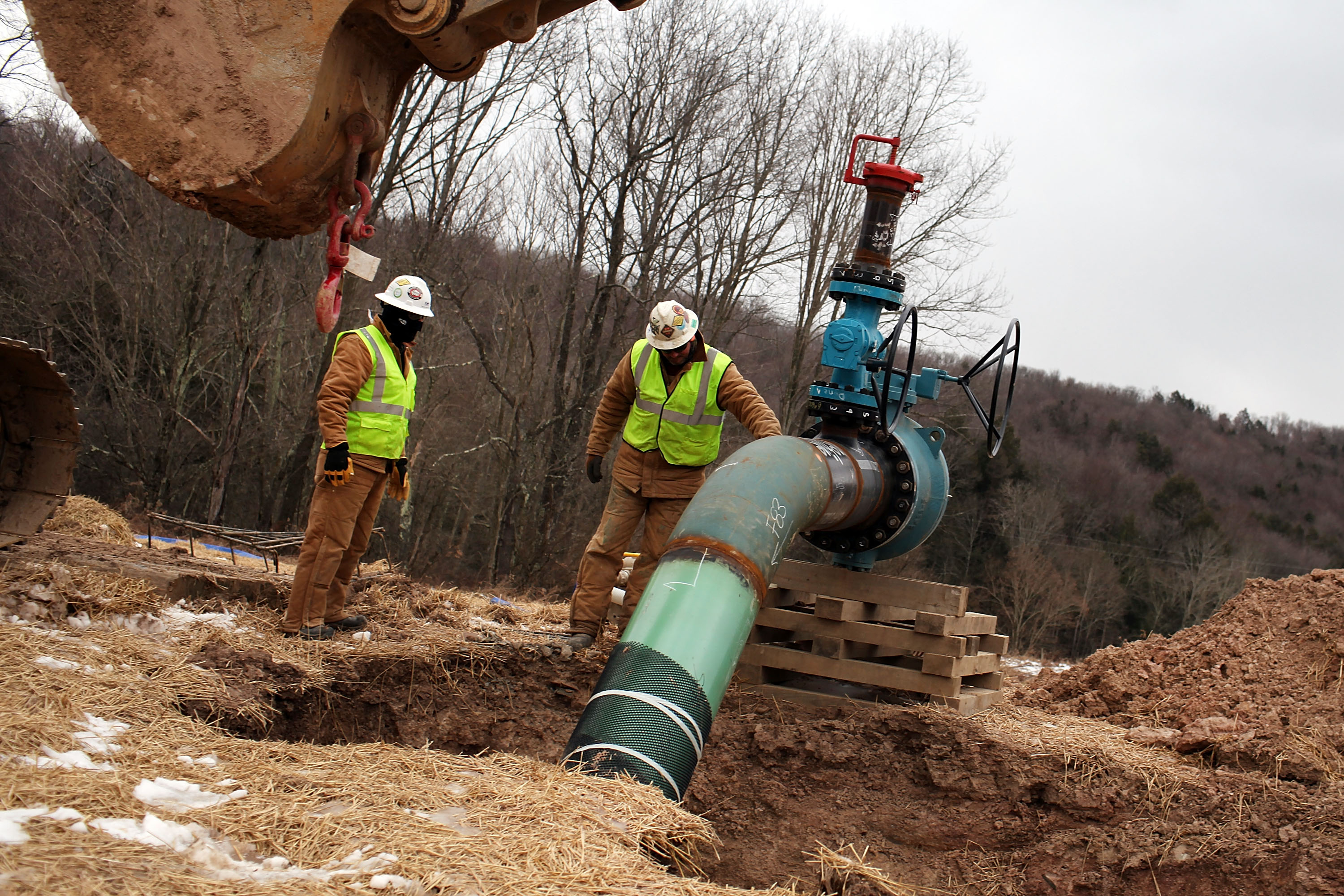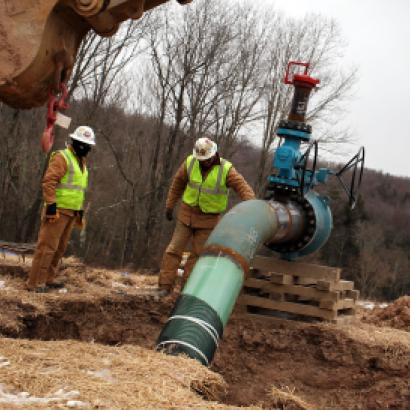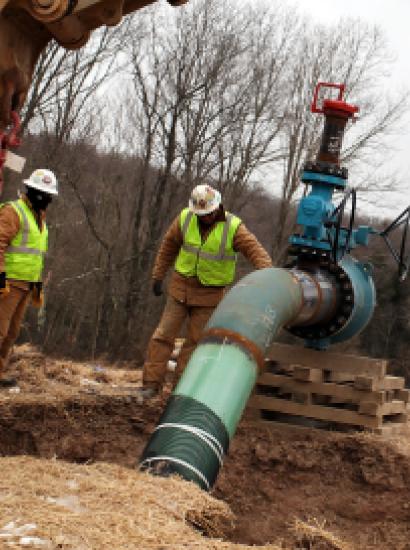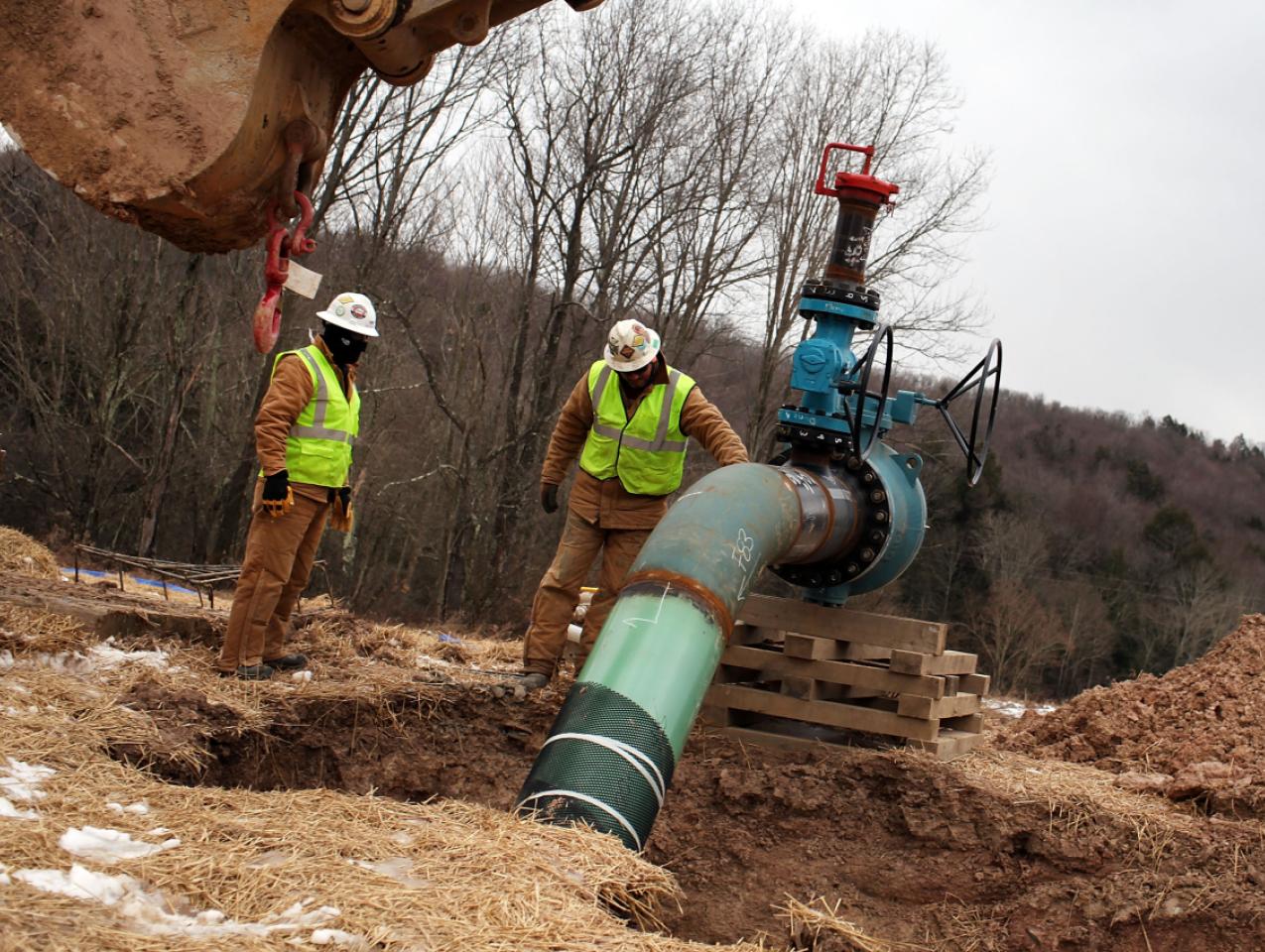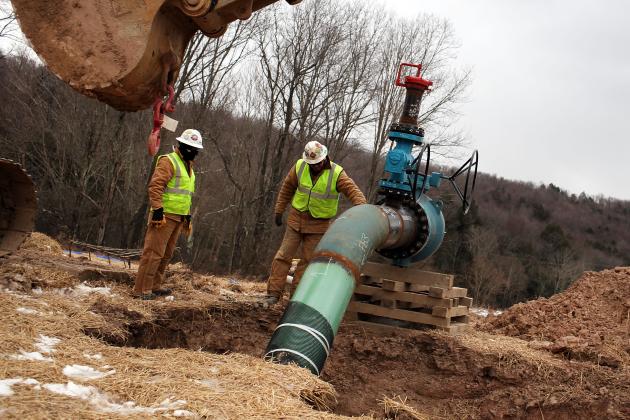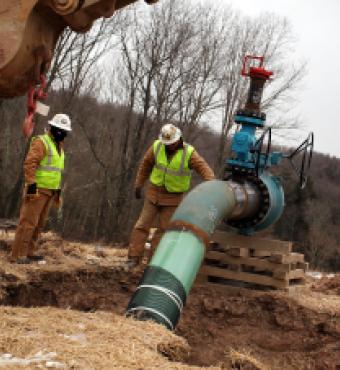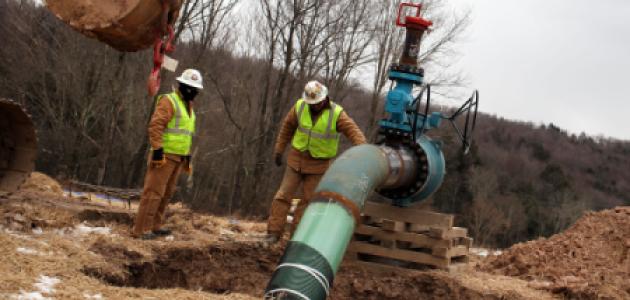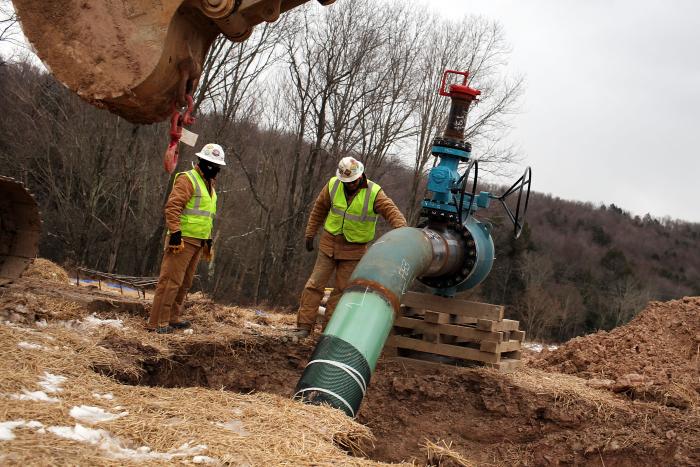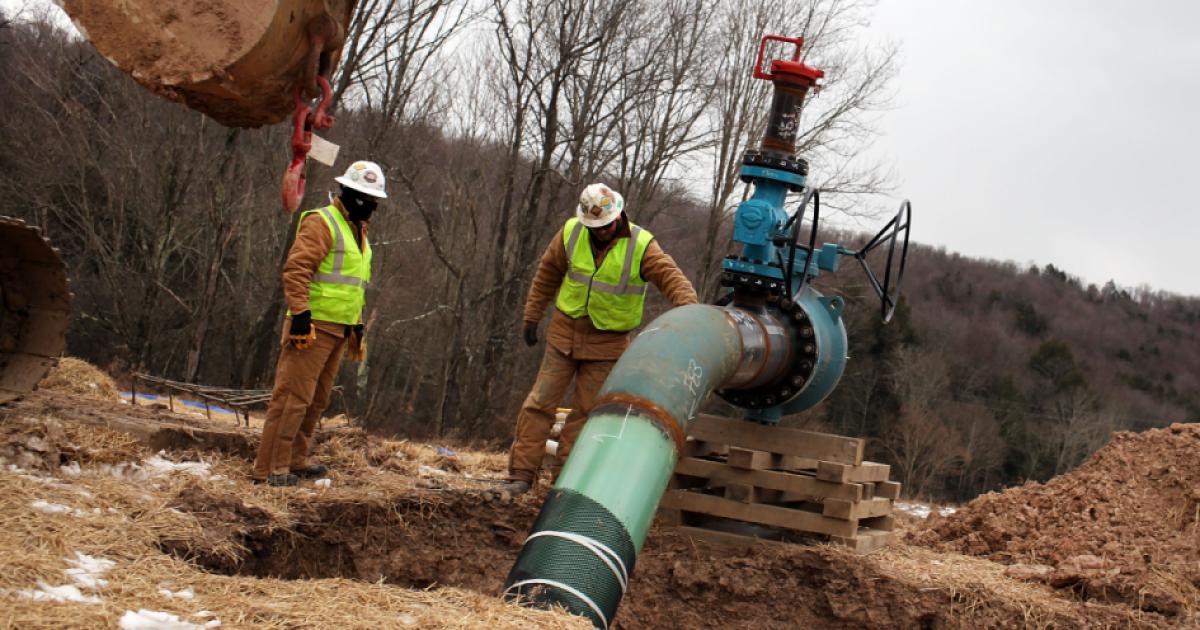- Law & Policy
This month marks the 50-year anniversary of the National Environmental Policy Act (NEPA), which, when passed, was hailed as one of the key building blocks of the modern environmental movement. When speaking about NEPA recently, President Donald Trump denounced the law. Because of NEPA, many of “America’s most critical infrastructure projects have been tied up and bogged down by an outrageously slow and burdensome federal approval process.” The “endless delays” generated by this ongoing “regulatory nightmare,” he went on, snatch jobs from “our nation’s incredible workers,” who are unable “to build new roads, bridges, tunnels [and] highways bigger, better [and] faster.” He then offered a suite of regulatory reforms for NEPA that “will reduce traffic in our cities, connect our rural communities, and get Americans where they need to go more quickly and more safely.”
His Council on Environmental Quality (CEQ) just published in the Federal Register a detailed and lengthy report that proposes a mix of substantive and procedural reforms to break the logjam. What is most notable about Trump’s proposed reforms is that they are all incremental. They try to tweak through regulation a broken statute instead of working to replace it with a sounder remedial structure, which is the only way to fix the current unsatisfactory status quo.
The key substantive changes are found in obscurely worded provisions designed to streamline the regulatory process in cases where an agency must consider the potential impact on global warming—virtually always overstated, especially for pipelines—of a new project in conjunction with similar projects undertaken elsewhere. For example, the potential emission of greenhouse gases from one pipeline has to be considered together with the potential emissions from another. The procedural reforms stress expedited deadlines and the selection of a single program manager to guide the approval process in order to avoid duplication and confusion.
But at the same time, the proposed steps will only slow the down the rulemaking process. First, Trump wants to have better public participation on these proceedings by allowing easier access through the notice and comment period. He also proposes adding the word “Tribal” to the phrase “State and local” throughout the rule, which will give these tribal entities stronger rights of consultation. More stakeholders at the table means a slower process.
The details of the CEQ program will prompt a field-day during the 60-day public comment period, as well as in the extensive judicial attack that environmental groups will lodge against the report once it is finalized. My verdict is that the CEQ report has the matter half right and environmental groups are wrong to oppose it. But a much more fundamental rethinking is needed to reduce the substantive requirements that have to be met before a project can break ground. NEPA rests on a fatal assumption about how to organize the public enforcement of environmental protection, by thinking that all contingencies have to be resolved before any work is begun. Sadly, Trump’s remediation scheme, even if it could be introduced solely by regulation, paradoxically will not stop endless procedural wrangling and delay. He was right to complain that “it took four years to build the Golden Gate Bridge, five years to build the Hoover Dam, and less than one year—can you believe that?—to build the Empire State Building. Yet today, it can take more than 10 years just to get a permit to build a simple road.”
His foes in the environmental movement do not deny that premise but instead embrace it, believing that these delays are necessary to deal with public health issues. House Majority Leader Nancy Pelosi put the matter in these stark terms: “This means more polluters will be right there next to the water supply of our children,” she said. “That’s a public health issue.’” But she falsely assumes that speeding up administrative review will result in an over-exposed and pollution-filled world.
That view is a complete caricature of how any revised system would look, even if NEPA was repealed tomorrow. Environmental protection did not begin with the passage of NEPA, or indeed with the passage of any of the great environmental statutes, like the Clean Air Act, the Clean Water Act, or the Endangered Species Act. Environmental protection began as a judicial system that has its origins in Roman law. It developed into a mature system largely enforced by private actions for nuisance, with some modest statutory interventions, in the late nineteenth and early twentieth centuries in response to the pollution risks that followed from massive industrialization in mining, manufacturing, and railroading. Several key principles organized the effort. These were by no means perfect, but together they offered protection by actions for damages and injunctions against polluters who were located next to the water supply of our children or anyone else. Thus, the moment that any pollution occurred, the entire operation could be shut down until the danger was rectified. And if any imminent danger was identified before release, the activity could be enjoined until the peril was corrected. The Pelosi scenario did not happen before NEPA, still could not happen under NEPA, and will not happen with Trump’s proposed changes.
Ironically, even under current law, the federal government often weakens environmental protection by blocking these traditional private rights of action on the guise that they are inconsistent with some federal statute. This happened, for example, in City of Milwaukee v. Illinois (1981), where a comprehensive federal water pollution control statute was upheld to prevent Illinois from suing Milwaukee for pollution.
NEPA ironically does nothing to give victims the right to sue polluters. As the CEQ notes, NEPA is a “disclosure” statute with no substantive bite. In other words, once the key disclosures about the project’s environmental impact have been made to the administrative body, the agency should be bound to give project approval. But the kicker is that if those disclosures are found to be somehow incomplete, then the project is enjoined from going ahead until full disclosure is given. To make matters worse, the NEPA legislation as drafted contains no provision for its enforcement by private parties. But as the CEQ notes, it is settled that “challenges to agency action alleging non-compliance with NEPA procedures are brought under the Administrative Procedure Act (APA),” where such actions can bottle up an administrative approval for its insufficient disclosure. Worse still, the turnaround does not seem to be a fair process, for any disapproval of a project by an administrative agency is typically a death sentence.
The practical setup is even more skewed than this, because everything that is deemed relevant to the environmental impact of a project has to be disclosed before anything is done. Hence projects have been held up because of incomplete disclosures on issues like how to deal with providing substitute land to replace some small quantity of land dedicated to pipeline construction and alleged failure to develop in great detail clean procedures for future leaks that have only an infinitesimal chance of occurring.
The law has thus moved a long way beyond Pelosi’s nightmare. NEPA’s conceit is that it is always better to be safe than sorry, so economic development has to take the back seat to environmental protection. But sadly, that claim is falsified by the range of actual issues that are never taken into account under the so-called NEPA exhaustive disclosure regime—namely the risk to the environment that stems from decisions to block the emergence of new technology. The standard NEPA mindset assumes that the approval of a new project introduces new risks but never does anything to eliminate older ones. That assumption is manifestly false as new facilities often displace older and more dangerous operations that are patched up in highly risky fashions because they cannot be decommissioned if service is to be maintained. Such is often the case with nuclear power plants, as well as the shipment of crude oil and natural gas by truck, rail, or older pipelines. With technology, new is often better than old. So rather than fight whether disclosures are inadequate when they do not discuss a safe way to reduce some hypothetical environmental risk from 2 to 1, the NEPA blockade prevents a known reduction of risk from 100 to 2.
I cannot see how any defender of NEPA can ignore the inexorable technological improvements these new projects hold. For example, even as older pipelines remain in service, total damages continue to drop, and they would only drop more rapidly if these older pipelines were taken out of service. Therefore, the fundamental challenge is to find an escape from the current front-loaded NEPA strategy. A well-executed project can never take off under the current NEPA guidelines. The appropriate strategy involves many moving parts—an initial authorization, insurance acquisition, liability determinations and intermediate inspections from both public and private bodies. NEPA or no NEPA, no one is advocating for major construction projects to proceed without constant oversight. But a sound strategy substitutes many smaller decisions for one larger one, and in so doing protects these projects from the clutches of protest politics.
The great danger of the current CEQ proposals is that they keep the basic NEPA model intact, flaws and all. In so doing, they may well make it harder to rethink the larger question of optimal institutional structure. There is not a single sentence in the report that addresses these larger structural issues. The time for bolder thinking is now.







